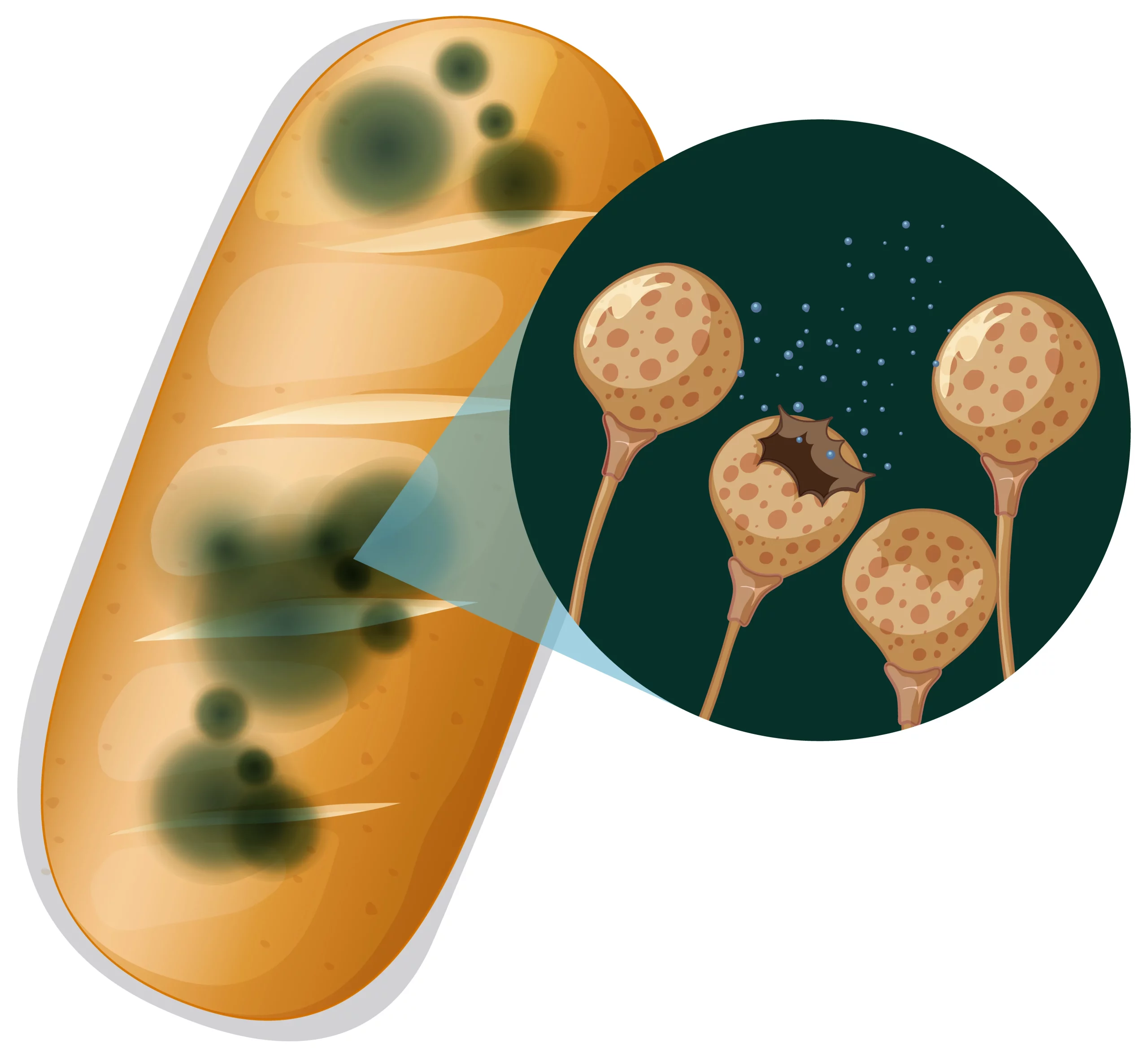Keywords
1. Fungal choline biosynthesis
2. NRPS-like enzyme function
3. Glycine betaine reductase
4. Oxidative choline degradation pathway
5. Genome mining for enzyme discovery
In the world of biological research and the ongoing quest to unlock the secrets of living organisms, scientists have made yet another breakthrough that holds significant implications for both basic biological understanding and potential industrial applications. A recent study published in the Proceedings of the National Academy of Sciences of the United States of America (PNAS) discloses the discovery and function of a previously unknown enzyme involved in choline biosynthesis in fungi. Choline is an essential nutrient for numerous organisms and plays a critical role in maintaining cell structure and function. This revelation provides not only a greater grasp of fungal metabolism but also proposes a more energy-efficient pathway for choline production, potentially benefiting numerous industries.
The pivotal research paper behind this fascinating development, titled “Structure-guided function discovery of an NRPS-like glycine betaine reductase for choline biosynthesis in fungi,” delves into the enigmatic world of nonribosomal peptide synthetases (NRPSs) and NRPS-like enzymes. These proteins are key players in the biosynthesis of a myriad of natural products, including antibiotics, pigments, and toxins, via primary and secondary metabolic pathways. Fungi, in particular, are adept manufacturers and users of these metabolic pathways, employing them for survival, growth, and environmental interaction.
Traditional pathways for choline biosynthesis are known to be ATP intensive, but the enzyme discovered by Dr. Hai Yang, Dr. Arthur M. Huang, Dr. Yi Tang, and their colleagues from the University of California, Los Angeles heralds a shift from the norm due to its energetically favorable reduction reactions. Originating from a structure-guided approach, the researchers meticulously mapped the function of a unique NRPS-like enzyme capable of catalyzing a two-step reductive process, converting glycine betaine to choline.
The implications of this research ripple across biological and industrial domains, as choline is not only a vital nutrient involved in lipid metabolism and neurotransmission in animals but also a valuable biotechnological target due to its demand in food supplementation, animal feed, and even as a potential biofuel precursor. The revealed biochemistry of the NRPS-like glycine betaine reductase enzyme offers a more energy-efficient route to choline, which can eventually contribute to the sustainable production of this important compound.
Reflecting on the study’s detailed structural analysis, the paper, carrying the DOI 10.1073/pnas.1903282116, shows an intricate homology model that points to cation-π interactions as the principal substrate specificity determinant. This uncommon mechanism within the domain of enzyme-substrate interactions was verified through experiments with various substrate analogs and inhibitors, supporting the initial conjectures deduced from the model.
Furthermore, bioinformatic analysis across the fungal kingdom revealed the widespread presence and conservation of this NRPS-like enzyme, hinting at its importance in fungal evolution and adaptability. Through genetic knockout experiments, its pivotal role in sustaining choline production and glycine betaine balance within the fungal cell environment was established, confirming the enzyme as a cornerstone in the fungal metabolic network.
The cross-section of structural biology, enzymology, bioinformatics, and genetics in this research exemplifies the multifaceted nature of modern biological investigations, and it underscores the power of structure-guided methodology in elucidating functions of uncharacterized multidomain proteins. The approach taken in this study can serve as a framework for genome mining initiatives geared toward the discovery of novel enzymes that could revolutionize the production of valuable biological compounds.
References
1. Hai Yang, Arthur M. Huang, Yi Tang. (2019). Structure-guided function discovery of an NRPS-like glycine betaine reductase for choline biosynthesis in fungi. Proceedings of the National Academy of Sciences of the United States of America, 116(21), 10348–10353. DOI: 10.1073/pnas.1903282116.
2. Winkler M. (2018). Carboxylic acid reductase enzymes (CARs). Current Opinion in Chemical Biology, 43, 23–29. DOI: 10.1016/j.cbpa.2017.10.021.
3. Read JA, Walsh CT. (2007). The lyngbyatoxin biosynthetic assembly line: Chain release by four-electron reduction of a dipeptidyl thioester to the corresponding alcohol. Journal of the American Chemical Society, 129(49), 15762–15763. DOI: 10.1021/ja0771509.
4. Chhabra A, et al. (2012). Nonprocessive [2 + 2]e- off-loading reductase domains from mycobacterial nonribosomal peptide synthetases. Proceedings of the National Academy of Sciences of the United States of America, 109(15), 5681–5686. DOI: 10.1073/pnas.1201429109.
5. Gahloth D, et al. (2017). Structures of carboxylic acid reductase reveal domain dynamics underlying catalysis. Nature Chemical Biology, 13(9), 975–981. DOI: 10.1038/nchembio.2436.
The discovery of the NRPS-like enzyme’s function is an inspiring testament to the confluence of cross-disciplinary studies in advancing our understanding of life’s complex molecular machinery. As groundbreaking as this discovery is, it is merely a single piece in the vast puzzle of biological enzymology. With continued research and expansion of our bioinformatics capabilities, uncovering hidden enzyme functions in the depths of genome data will likely become a trend that will embolden new frontiers in biotechnological innovation and drug discovery.
In conclusion, the study presents compelling evidence for a new paradigm in fungal choline biosynthesis. It also furnishes the scientific community with an efficient toolset for future enzyme discovery endeavors while providing society with the prospect of more sustainable and economically feasible production pathways for essential biomolecules. This story, which merges investigational rigor with practical outcomes, emphasizes the necessity of investing in basic science and the unpredictable but often transformative payoffs it yields for humanity.
